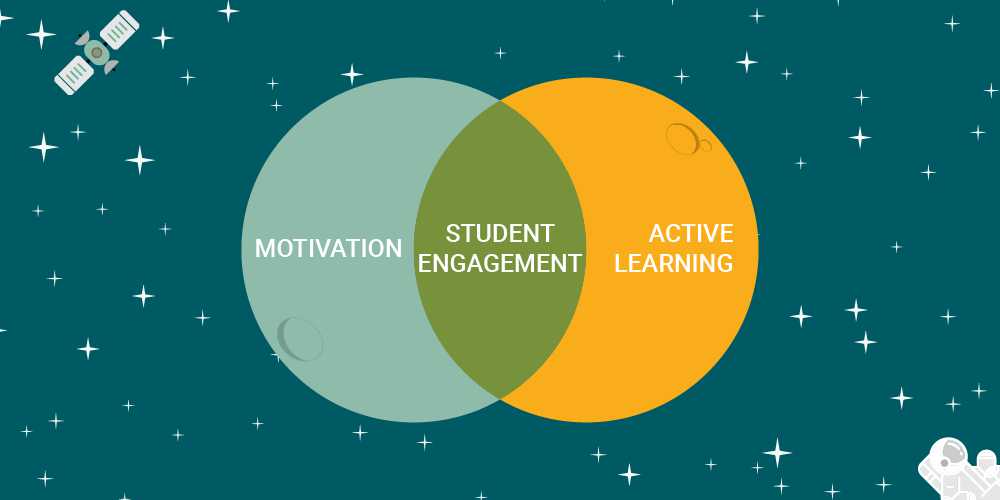Knowledge
Insight into constructive learning methods by an experienced educator
Active learning, in simple parlance, is any learning activity in which the student participates or interacts with the learning process instead of passively taking in the information.
Active learning, in its most common format, is a process that has student learning at its centre. It focuses on “how” the students learn and not just on “what” they learn. Active learning is when one is actively participating and collaborating with peers to apply concepts to the real world. Here the students are encouraged to ‘think hard’ rather than passively receive information from the teacher.
Active learning often requires more significant mental efforts leading to increased retention and understanding of new knowledge that can be transferred to novel situations other than the one in which it was initially learned. Active learning, in simple parlance, is any learning activity in which the student participates or interacts with the learning process instead of passively taking in the information.
Active learning draws from the theory of constructivism. Whatever information and philosophies the learner accumulates in return is spent building constructive bridges of long-lasting experiential knowledge. Research shows us that it is impossible to transmit the understanding of the subject to the students by simply telling them what they need to know. Instead, teachers need to focus and make sure that they challenge their students’ thinking. With active learning, students play an essential part in their own learning process.
In an active learning approach, learning is not only about the content but also the learning process. This constructive learning approach develops students’ autonomy and their ability to learn, moulding them into lifelong learners. Active learning refers to a broad range of teaching strategies designed to engage students as active participants in their learning during class time with their teacher. Typically, these strategies involve students working together during class but may also involve individual work and/or reflection.

In active learning, children are constantly convincing and reasoning with each other, which helps them clarify misunderstandings, better their listening skills, and develop compassion and empathy. It can also be noted that active learning in a collaborative setting, if organised and executed, effectively boosts self-efficacy in students.
Active learning approaches often ask students to connect new information and what they already know, thus extending their understanding. Teachers and educators always look to plan for activities that confront student misconceptions. We generally use two strategies to come to a concrete understanding of whether our classroom approaches have been successful or not.
Action research becomes an essential part of the school practice to understand which strategies are working and which are not. Here designing routines to bring out what the students’ conceptual understandings can be applied. This would help the teachers know whether students are learning what was intended or not.
It takes time and creativity to effectively incorporate active learning strategies into teaching and achieve the full benefits across instructional settings and disciplines. But as the research suggests and educators demonstrate, active learning can easily and effectively be incorporated into existing courses and materials without dramatically overhauling the course.
About the author:
Siddharth Rajgarhia is the Director at Delhi Public School Nasik, Varanasi, and Lava Nagpur.